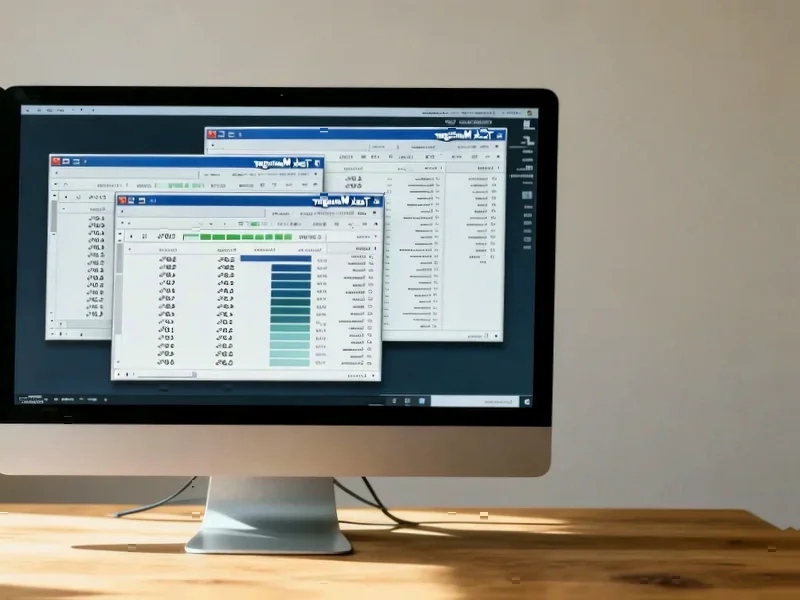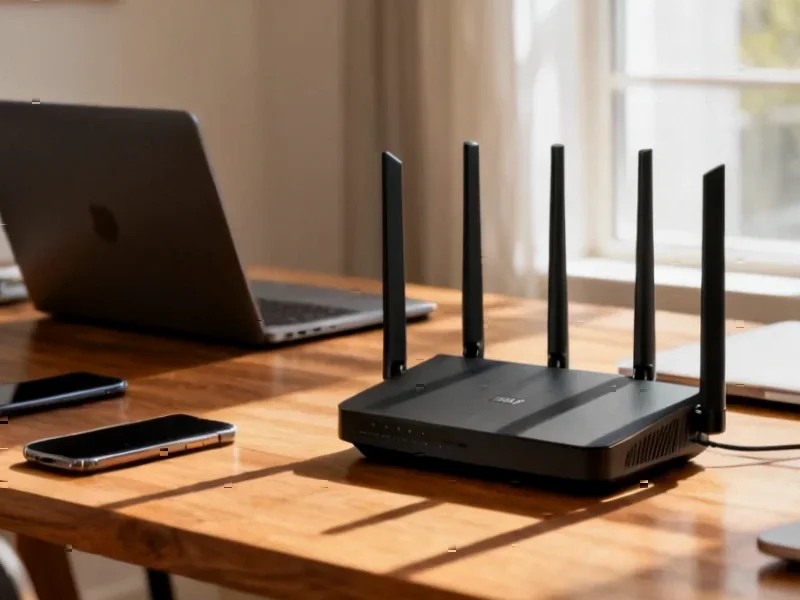According to Forbes, Microsoft has confirmed a bug that’s incorrectly telling Windows 10 users their systems are “out of support” when they’re actually still receiving security updates. The misleading message appears in Windows Update Settings stating “Your version of Windows has reached the end of support” and “Your device is no longer receiving security updates,” even for users who’ve properly enrolled in Extended Security Updates. While Windows 10’s mainstream support did end on October 14, 2025, users can still opt into ESU until October 2026 by paying a fee or agreeing to sync PC settings. Microsoft says the issue only affects message display and doesn’t actually prevent security updates from being delivered, with November 2025’s Patch Tuesday updates still scheduled to reach affected systems.
<h2 id="microsoft-pressure”>The Windows 11 Pressure Play
Here’s the thing that makes this bug particularly concerning – it doesn’t just disappear on its own. According to Windows Latest, the alert sticks around unless users either wait for Microsoft’s server-side fix or give in and install Windows 11 versions 25H2 or 24H2 LTSC. That timing feels a bit too convenient, doesn’t it? Microsoft has been pretty transparent about wanting to move users off Windows 10, but scaring people with false security warnings feels like crossing a line.
The ESU Reality Check
So what’s actually happening here? Basically, if you’ve paid for Extended Security Updates (or agreed to Microsoft’s data sync terms), you’re still getting security patches despite what that scary message says. The bug is purely cosmetic – your system is protected, but Windows is throwing a false alarm. And honestly, can you blame users for panicking? When your computer tells you it’s no longer receiving security updates, that’s not something you can just ignore. Microsoft really should have caught this before it started affecting people.
What This Means for Everyone
This situation creates some interesting market dynamics. For businesses still running Windows 10, this bug adds unnecessary stress to IT departments already stretched thin. They’re trying to manage legitimate security concerns without dealing with false alarms from Microsoft itself. And for individual users? Many will probably just give up and upgrade to Windows 11 rather than navigate the confusion. That’s a win for Microsoft’s upgrade numbers, but it comes at the cost of user trust. Meanwhile, competitors in the enterprise space might see this as an opportunity to push alternative solutions to companies frustrated with Microsoft’s messaging chaos.
The Silver Lining
Look, the good news is that Microsoft has acknowledged the problem and is working on a fix. Since it’s server-side, most users won’t even need to download anything – the messages should just stop appearing once the update rolls out completely. And the fact that security updates are still flowing means nobody’s actually at risk because of this bug. But here’s my take: Microsoft needs to be more careful with these “nudge” tactics. When you’re dealing with something as critical as system security, clarity matters more than upgrade conversion rates.




